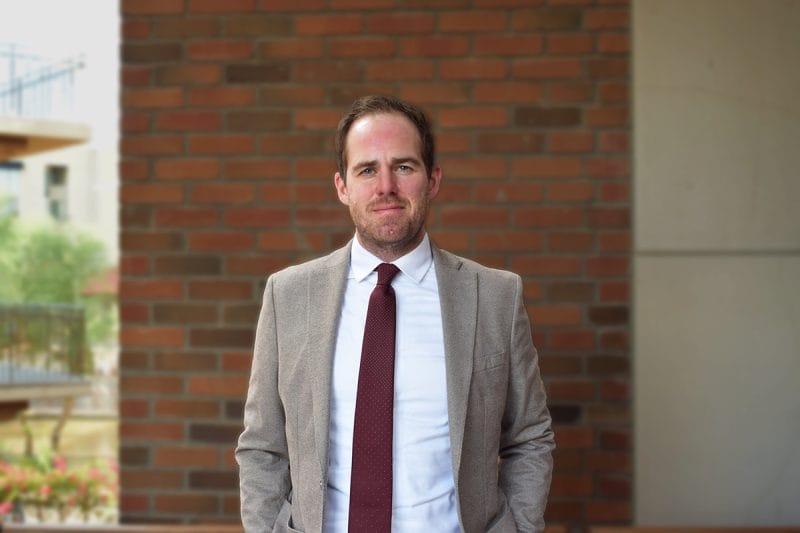By Conor Dougherty | The New York Times
California needs more housing. More condominiums, more townhouses near mass transit, more suburban apartment buildings. There is no other solution to the state’s desperate homelessness problem and a deepening housing affordability crisis, according to a broad collection of economists and housing experts.
Yet for years the State Legislature has struggled to follow their prescription to increase urban density, often because lawmakers fear angering suburban voters, whose preferences for single-family home living have been regarded as politically sacrosanct.
On Thursday the Legislature took a big step toward rewriting that bargain, advancing a bill that would allow two-unit buildings on lots that for generations have been reserved exclusively for single-family homes. The move is one of several piecemeal housing measures — big enough to make a difference, not so sweeping that they fail to advance — that have managed to endure the legislative gantlet after years of high-profile failures.
The bill was championed by housing advocates as modest but significant progress toward easing the state’s housing shortage. By allowing two units per parcel and permitting property owners to subdivide their lots, the law would increase density to as many as four units on a single-family plot. The bill was furiously opposed by homeowners and local government groups who said it “crushes single-family zoning” and would be “the beginning of the end of homeownership in California.”
“If this zoning change were to come to Arizona, it would have a dramatic effect on property values and property rights. I don’t anticipate our current legislature would do anything like this to solve the growing affordability issues, but it’s something we need to watch carefully.”
–Jordan Rose, Rose Law Group founder and president








